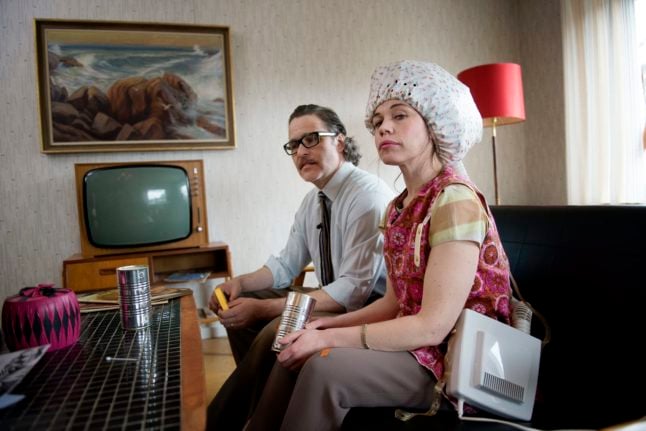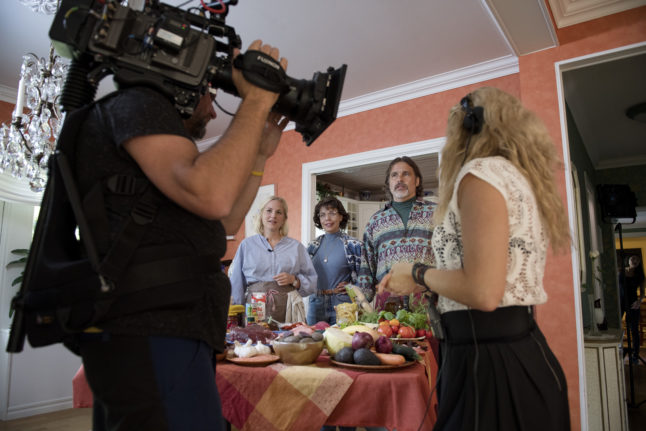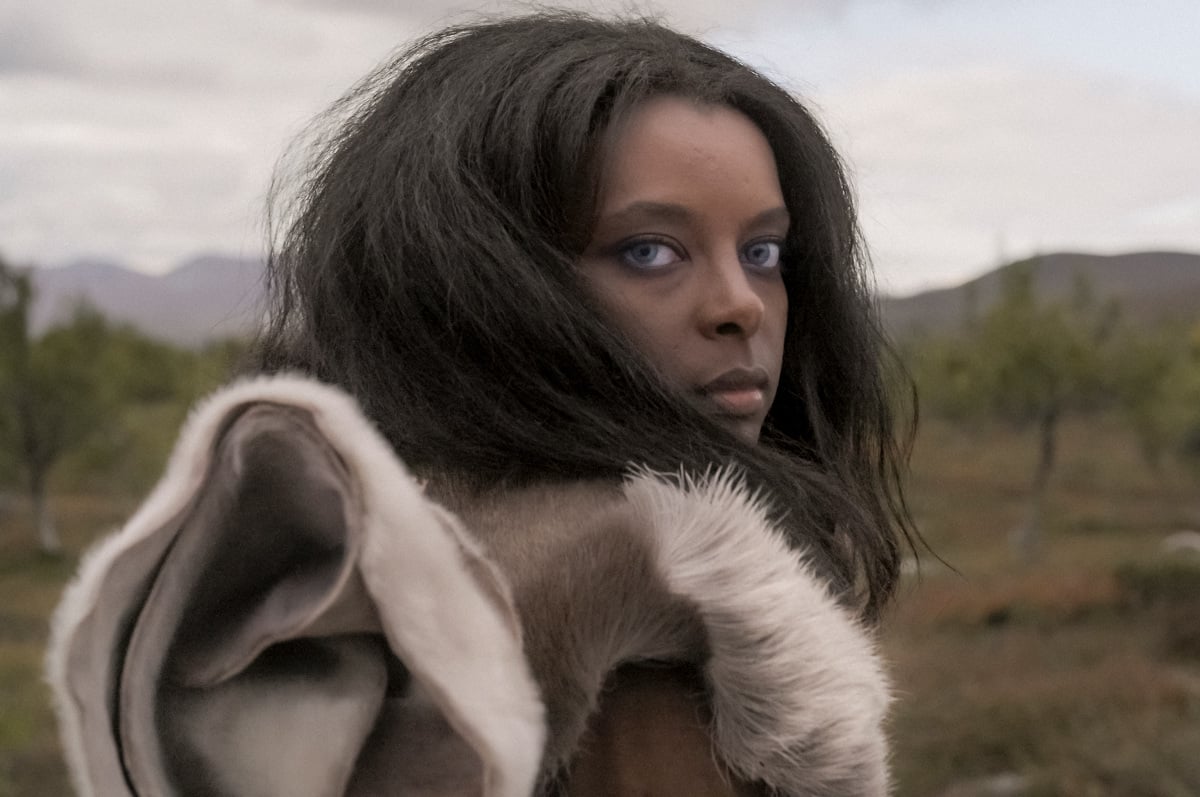Swedes take their homes and gardens very seriously. In a society where showy displays of wealth can be frowned upon, having a nice house and a perfect garden is how Swedes can show off, which is why there are so many lifestyle programmes in Sweden covering these topics.
For garden inspiration, check out Trädgårdstider (Garden Times) on SVT. Although the name suggests that Trädgårdstider is just about gardens, it’s more than that.
Covering food, drink, design, and everything from how to build a sweat tent to a treehouse, this is also entertaining TV for apartment-dwellers. The new series usually premiere right at the end of winter, when the first spring flowers are just popping out of the ground, so it’s a great programme to get you in the mood for Swedish summer.

On top of that, it’s a great introduction to some of SVT’s most well-loved TV presenters, Tareq Taylor, Pernilla Månsson Colt, John Taylor (no relation to Tareq), and Malin Persson.
John, a gardening expert originally from the UK, is the expert on odling, providing tips on how best to grow plants, fruits and vegetables. Tareq Taylor, is a chef who shows you how to use and preserve your homegrown produce by pickling, making jams, or even building a jordkällare for storing produce over the winter. In the newest season of Trädgårdstider, Tareq has left the show – he’s been replaced by Danish chef Adam Aamann.
Månsson Colt and Persson focus on the visual aspects, designing and building different areas of the garden, with Månsson Colt showing viewers what to do with all their homegrown flowers. Although each presenter has a clear role, the best part of the show is watching them all as a team, working on the garden together (Swedes love consensus, after all), and enjoying the fruits of their labour (literally!) at the end of the season.
Trädgårdstider is great for learning the Swedish names for plants, fruits, vegetables and flowers, although you may end up knowing more flower names in Swedish than in your native language by the end of the season.
Fans of building programmes such as Grand Designs will enjoy Husdrömmar (House Dreams), which follows the same premise of home-buyers buying a run-down property and renovating it into their dream home. Presenters Gert Wingårdh and Anne Lundberg visit homes up and down the country, providing viewers with a great insight into Swedish architecture and how Swedes design their homes.
If you’re more into Swedish homes throughout history, try Det sittar i väggarna (It’s in the Walls), where building restoration expert Erika Åberg and historian Rickard Thunér visit beautiful Swedish farmhouses, townhouses and estates.

Åberg helps the families living in the houses with restoration projects – such as how to renovate a Swedish kakelugn or tiled fireplace, how to replace glass panes in lead windows, or how walls were panelled in the 1800s, while Thunér looks into the history of the people who lived there and tries to find a living relative.
Great if you want to learn words like linoljefärg (linseed oil paint) or pärlspont (tongued and grooved wall panelling).
In a similar vein to Det sittar i väggarna, in Historieätarna (History Eaters) SVT profiles Lotta Lundgren and Erik Haag (who have now moved over to commercial broadcaster TV4) eat, dress and live for a week in different decades of Swedish history.

Originally shown on SVT from 2012, it follows the two – who have such on-screen chemistry that they actually became a couple off-screen after the show – through every aspect of life in these eras, be it drinking svagdricka, a low-alcohol fermented malt drink which Swedes drank before there was widespread access to reliable drinking water, or living off canned foods in the 1980s.
Historieätarna is not just entertaining TV, it’s also a crash-course in Swedish history, from what Swedes ate and drank, how they dressed, what they did in their free time, and even when – and why – classic Swedish dishes like korv stroganoff and tacofredag became so popular. Unlike many programmes in this style, it doesn’t just follow trends among the rich in these eras, rather shows what life was like for normal Swedes, too.
If you only watch one series on this list, make it Historieätarna.




 Please whitelist us to continue reading.
Please whitelist us to continue reading.
I love to watch Trädgårdstider. I don’t hear well in the first place, so deciphering what little Swedish I might otherwise understand is impossible, Nonetheless, the visual, social and esthetic values (including the personal qualities of the individuals) are compelling. The production, overall, is of the highest quality, in my view.